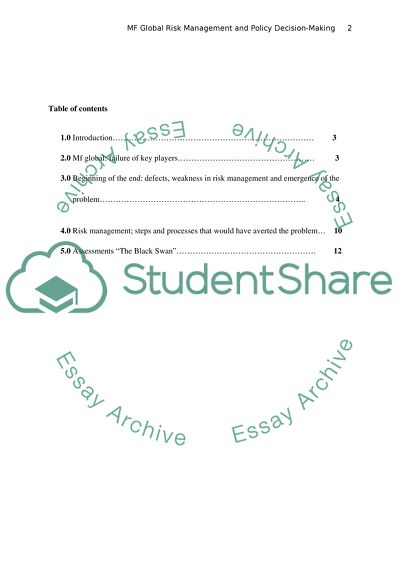Cite this document
(“Risk Management and Policy Decision-Making Essay”, n.d.)
Retrieved from https://studentshare.org/law/1397325-risk-management-and-policy-decision-making
Retrieved from https://studentshare.org/law/1397325-risk-management-and-policy-decision-making
(Risk Management and Policy Decision-Making Essay)
https://studentshare.org/law/1397325-risk-management-and-policy-decision-making.
https://studentshare.org/law/1397325-risk-management-and-policy-decision-making.
“Risk Management and Policy Decision-Making Essay”, n.d. https://studentshare.org/law/1397325-risk-management-and-policy-decision-making.


